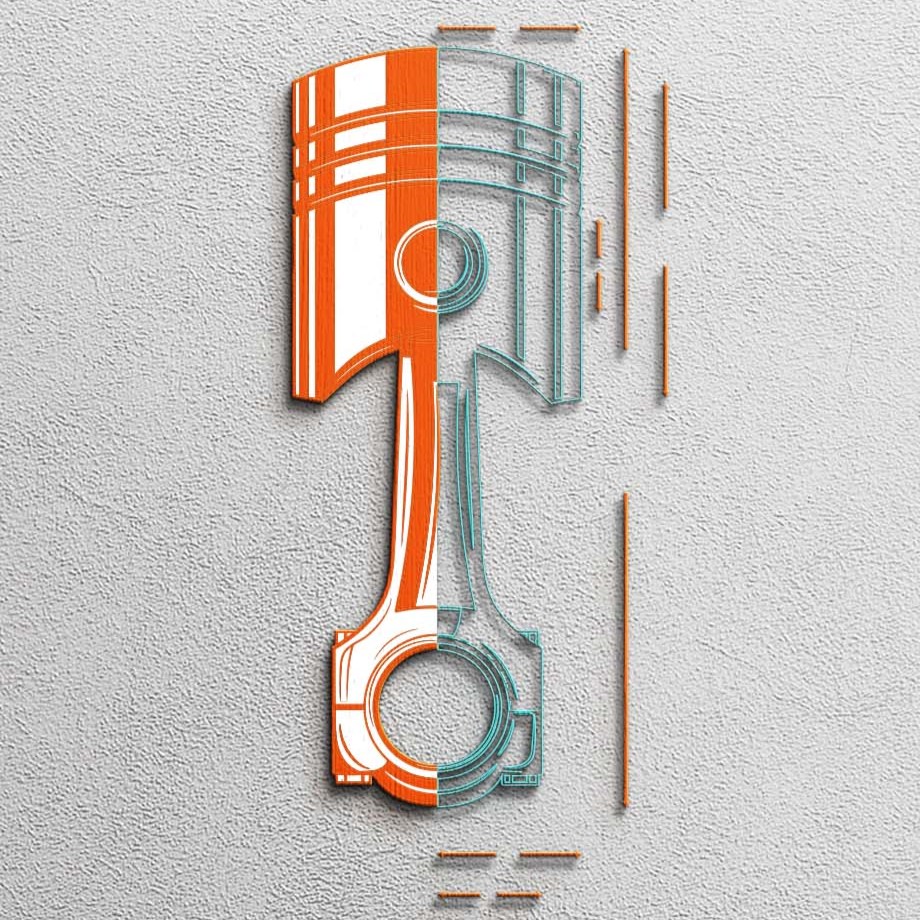Manufacturing techniques we use can broadly be grouped into Additive, Subtractive and Casting. Each of these methods have their pros, cons and typical use cases. Deciding factors for each manufacturing technique can be varied including, but not limited to, the stage of the product development lifecycle (e.g. prototype Vs production part), the number of parts required, required mechanical properties, the time available, cost, etc.
Additive Manufacturing methods begin with the raw material used for the finished part. The part is typically built, layer by layer, by fusing or melting the parent material into the desired shape.
Subtractive Manufacturing methods begin with a block of the raw material. Material is then removed, typically by mechanical means such as machining, leaving the desired shape.
Subtractive methods can benefit from confidence in the mechanical properties of the parent material. For example, metals can be purchased with certificates of conformity regarding mechanical properties. Additive methods are typically harder to achieve this as the methods and materials used are less mature and can have more variables that impact the performance of the final product.
Subtractive methods can produce excessive waste in the form of material removed that may not be easy or economical to recycle.
Casting of components in metal. We can also offer the design and manufacture of patterns used to cast components.

